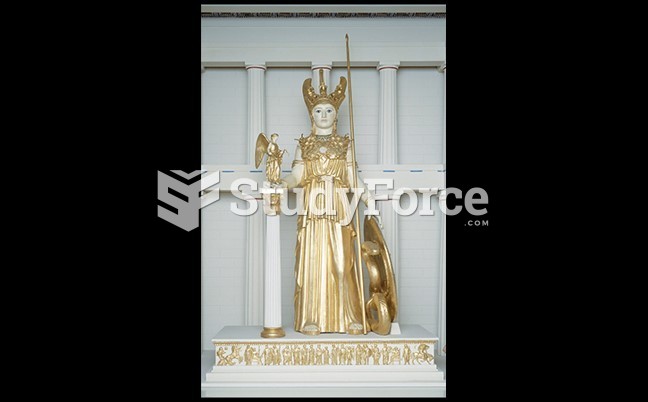This topic contains a solution. Click here to go to the answer
|
|
|
Did you know?
The top 10 most important tips that will help you grow old gracefully include (1) quit smoking, (2) keep your weight down, (3) take supplements, (4) skip a meal each day or fast 1 day per week, (5) get a pet, (6) get medical help for chronic pain, (7) walk regularly, (8) reduce arguments, (9) put live plants in your living space, and (10) do some weight training.
Did you know?
There are more nerve cells in one human brain than there are stars in the Milky Way.
Did you know?
Everyone has one nostril that is larger than the other.
Did you know?
The Romans did not use numerals to indicate fractions but instead used words to indicate parts of a whole.
Did you know?
Medication errors are more common among seriously ill patients than with those with minor conditions.







